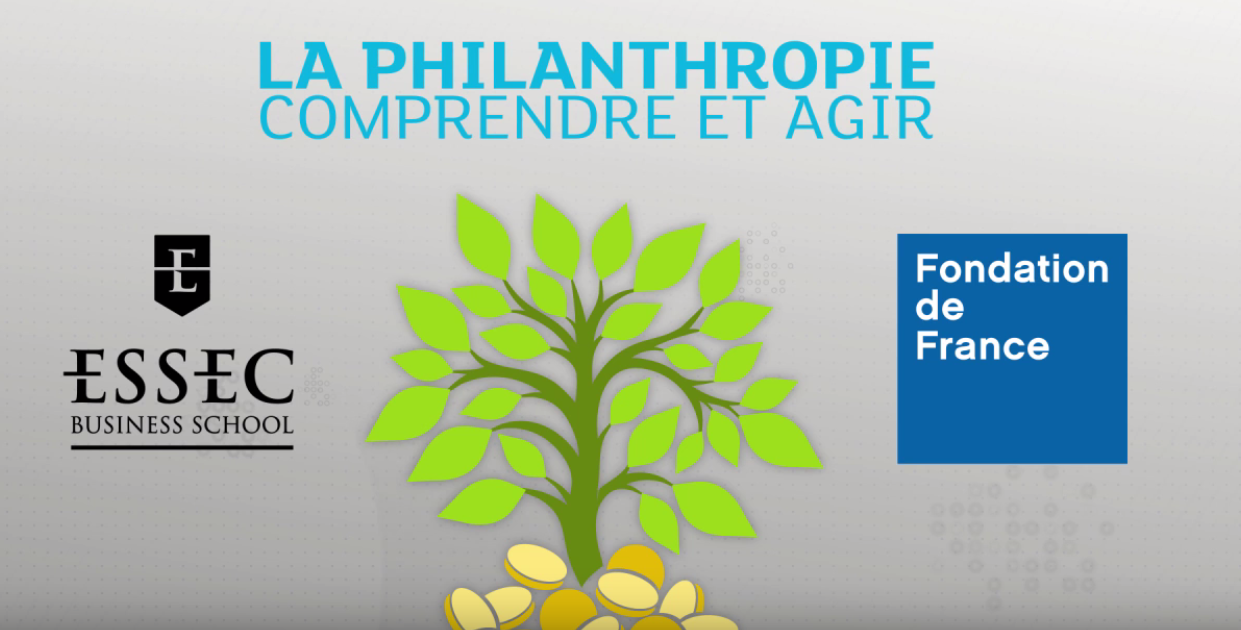For several decades, philanthropic activity has been growing in France. Companies are part of this development, and they engage in numerous "corporate giving” practices. The evolution is reflected in a growing number of corporate foundations and dynamic initiatives like ADMICAL, which promote and encourage the development of corporate sponsorship in France.
These signs of growth are certainly excellent news, since they mean more resources for the common good. However, firms should still be asking themselves some important question: Are funds being well-used? Is corporate philanthropy "effective", socially speaking?
This is a complex issue, particularly because of the complexity of assessing the impact of philanthropy. However, we can identify two key steps to formalize an effective philanthropic strategy.
Defining your philanthropic objectives
Defining a philanthropic intervention strategy is first and foremost about choosing the cause you will support! For companies, answering this question means looking within (what do we care about?) And without (what are the societal needs to which we can contribute effectively?).
Looking within the firm, the questions to ask are: What are the drivers of the company's commitment? What are its distinctive values? What company traits or expertise could lend themselves positively to society? What motivates employees?
Looking outside, companies should ask: what are the most important or urgent needs? What are the areas where these needs are most present? Apart from us, who are the other relevant actors? How are we well positioned to respond?
In this first strategic phase, other important questions arise: Should we specialize and choose to focus on a single cause or tackle several causes at once? While there is no absolute rule in this area, a form of specialization is recommended so that companies can develop in-depth expertise.
Define an intervention strategy
Once the objectives have been defined, a philanthropic strategy can be broken down into a few broad categories:
Companies must first define how to select the beneficiaries of their donations. This is never an easy decision to make! That’s why it’s important for companies to develop a philosophy on how they will allocate their donations to individuals or associations.
Sponsors must also determine the amount of donations to be made to their beneficiaries. Should small sums be donated to many beneficiaries or large sums to a few beneficiaries? Generally, it’s wise to avoid scattering donations among too many beneficiaries tends to reduce the social impact.
Another important decision for donors is what type of activity to support. Should we favor projects? Or investments? Or operating costs? It is rare to make a donation without making this kind of decision. It is important, therefore, to understand the implications of these choices.
A fourth important question concerns the duration of support: How long should a donor commit themselves to beneficiaries? This notion of commitment over time is often linked to the nature of the activities being financed: project support allows a donor to commit only in the short term, whereas a donor who has chosen to support an organization over several years, operating costs may be incurred to support.
To this question of the duration we add the degree of commitment. What relationship should be developed with beneficiaries? For example, a relationship could be strictly remote whereby contact is limited. Other relationships can necessitate frequent and intense interactions during which teams work closely with the beneficiary.
Finally, a donor must ask the question: What is the degree of control I want to exercise over the recipients of my donations? Should I control only where funds are allocated, or should I concentrate on their societal impact as well?
Today, there is no doubt that a company needs a strategy to effectively achieve its objectives. As European firms increasingly invest in philanthropy and, more generally, in private philanthropy, it is important to recognize the importance of developing rigorous and coherent philanthropic strategies that take social impact into consideration. To learn more and discover possible answers to the questions asked in this video, I invite you to follow the MOOC that we created with the ESSEC Philanthropy Chair.










